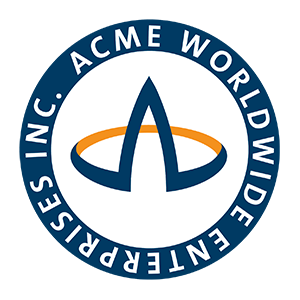1. Onset and Sustained G-Cues
Generally, motion systems provide onset cues by movement. After a moment, the system ‘washes out’ as the actuator moves to neutral for the next cue. This works for onset cues, but not for sustained cues. Motion Seats can provide sustained cues using pressure. The seat’s motion plates tilt and press together to create pressure for sustained cues. For example, in a simulated climb, the seat’s backpad and pan converge for a compression sensation.
2. Accelerations
Open the simulator throttles and feel the back pan push forward to feel the vehicle gaining speed. Chop the throttles or touch the (air) brakes and the backpan slides back. The effect mimics the crew’s forward inertia as the vehicle slows. Applying the brake and decreasing the throttle magnifies the effect.
3. Malfunction Cues
Vehicles operate in a world of continuous bumps, jostles, and vibrations. Some of the motions are normal events like a bumpy road, a bit of air turbulence, or the feel of the engine vibrating. But, some sensations mean something less benign—perhaps a malfunction or an emergency event. Identifying the difference (and training for it) is key.
Motion seats can provide recognizable, signature sensations for the crew. For example, the simple jostling of a bumpy, normal flight. Or, like the rotating thump of an unbalanced clothes washer that signals a main rotor issue. ACME motion seats can provide up to 20 of these special effects – each unique and recognizable.
4. Harness Loads
The seat belts or aircrew harness are a personal, right-on-the-body motion cue. Their embrace tightens or loosens as the crew and the vehicles move. The belts feel much tighter during sudden braking or as the jet pushes over the top into negative g’s. They loosen as the crew sinks into the seat under hard acceleration or increasing g’s. They lock under sudden inertia or press during lateral or inverted moves. The motion seat can include actuated belts to mimic and cue these same effects. The Motion Seat harnesses work just as in the vehicle. They can lock, ratchet in during retraction, or tighten/loosen during maneuvers. They can also lock out with sudden, jarring motion. All just like in the real world.
5. Impacts
Contact should be felt! The touch or impact is a critical cue to the crew. Did the jet touch down on the runway? Did the truck hit an obstruction? Is the ship bumping against the pier? In combat knowing if the vehicle gets hit by enemy fire is crucial. Impact effects provide important cues like:
- Magnitude – Did that hard landing damage the helicopter skid?
- Direction – Did that hit come from the side or from behind?
- Character – Was that a sudden, heavy thump of initial impact or a long shudder as the car skid down the barrier?
An impact’s Magnitude, Direction, and Character are all specific training cues. The motion seat emulates these to help crews recognize and respond immediately.
6. Environment Effects
Environment includes a range effects and cues about the aircraft or vehicle. Some examples include:
- Weather Environment Effects (turbulence)
- Terrain Environment Effects (slippery ice)
- Location Effects (flying behind an aerial tanker or in formation)
- Proximity to the Ground Effects (hovering or thermal effects)
Each of these effects can be felt in the motion seat. Environmental cuse also include engine buzz, the rumble of tires or tracks across the ground, airstream noise on the airframe, and more. Motion seats can provide these cues to build an immersive, realistic ‘environment”
7. Tactile Controls
Some seat types include controls, and levers, buttons, or switches that are crew interfaces. Ejection Seats are a good example that have several levers and handles. Accurate force and feel of the controls–the tactile feel- are important training cues. The feel of these items in the simulator develops muscle-memory for how the controls feel and operate. The muscle memories transferred to the aircraft. Inaccuracies between the simulator and trainer controls, include tactile cues, can cause major impacts. ACME ensures that the levers and handles on the motion seats are accurate.
- Controls are located accurately
- They look, feel, and move like the actual equipment.
- The controls lock and unlock correctly, and have the proper breakout and actuation forces.
- Just like the motion sensations, the tactile feel of the motion seat emulates the feel of the real world equipment.
